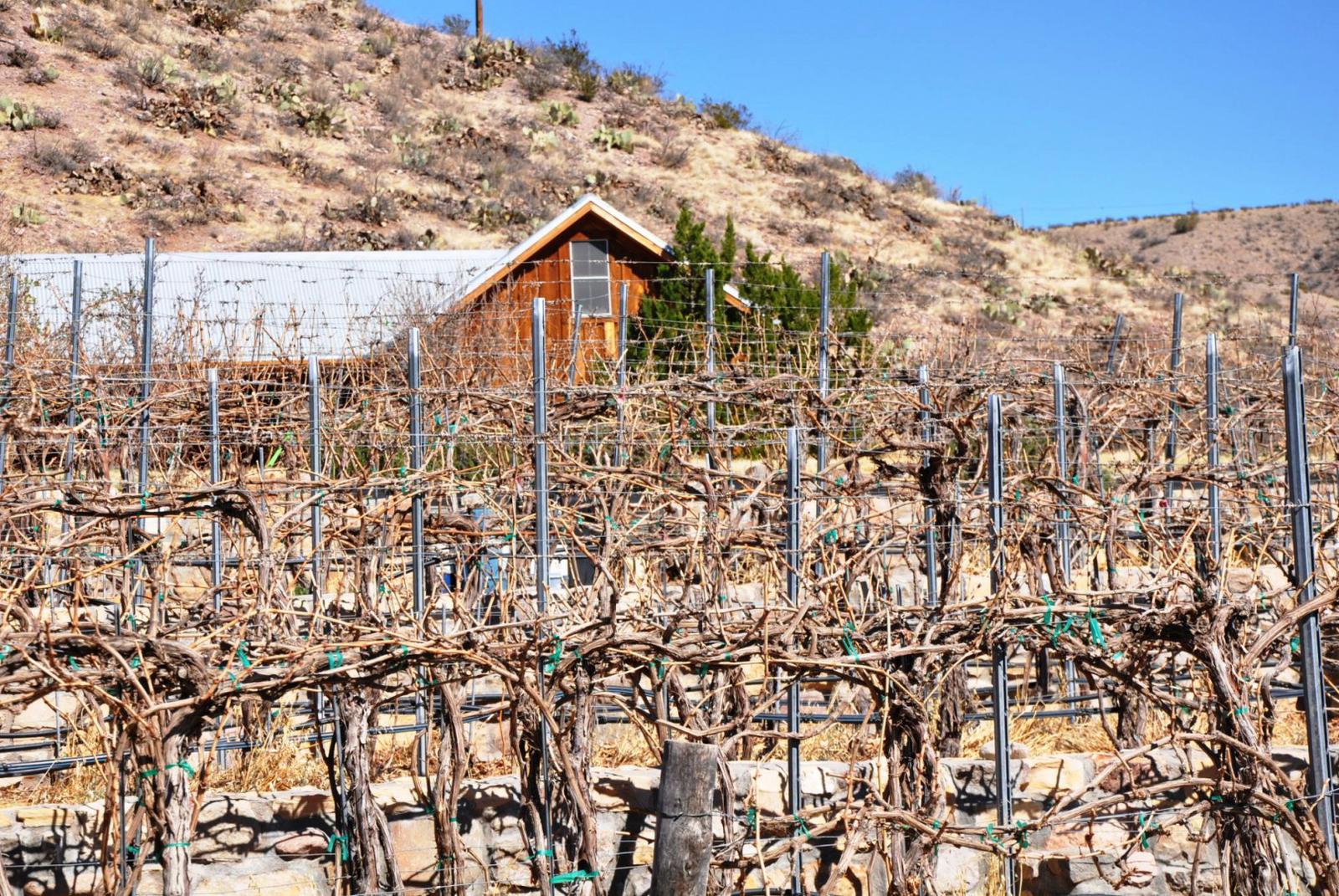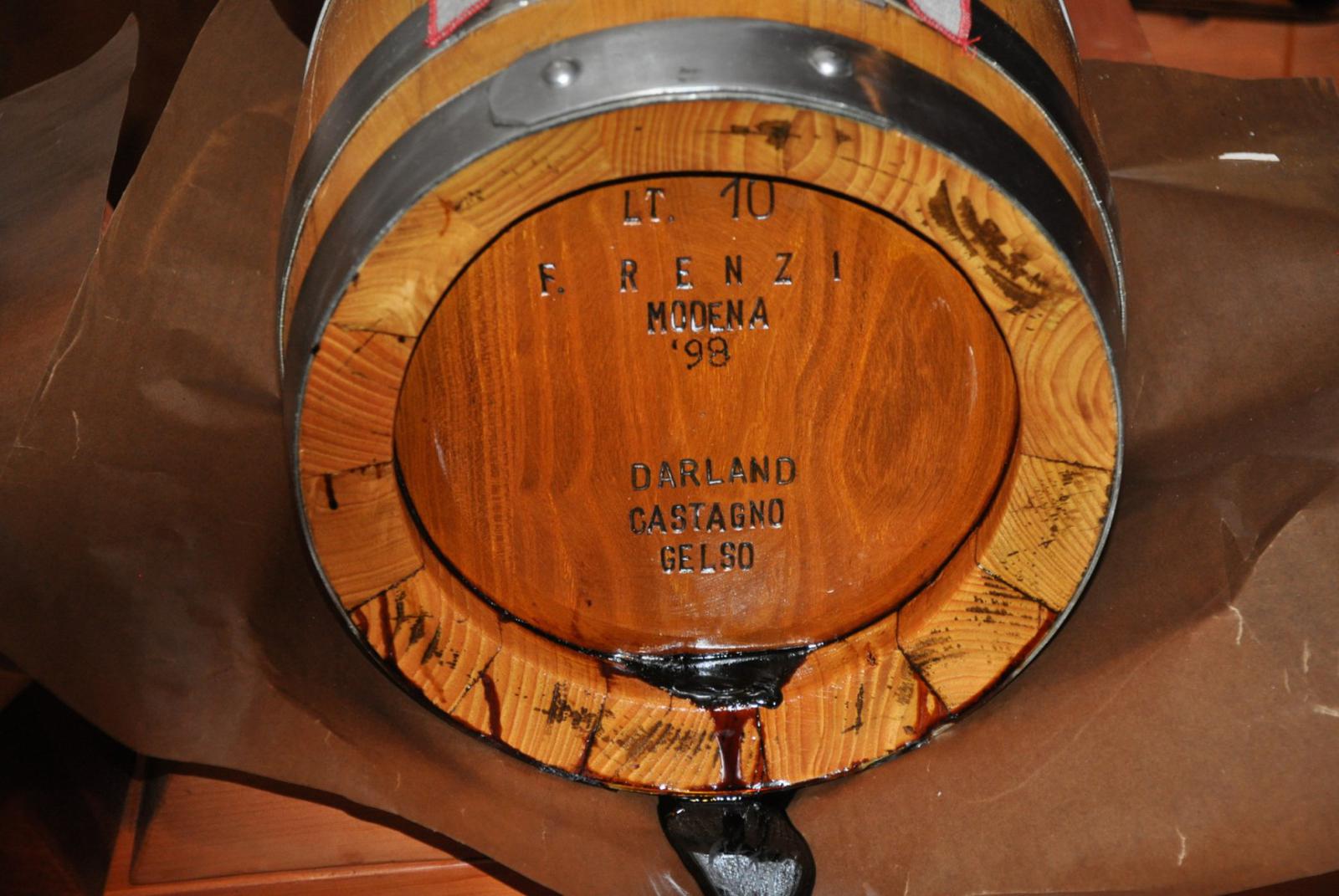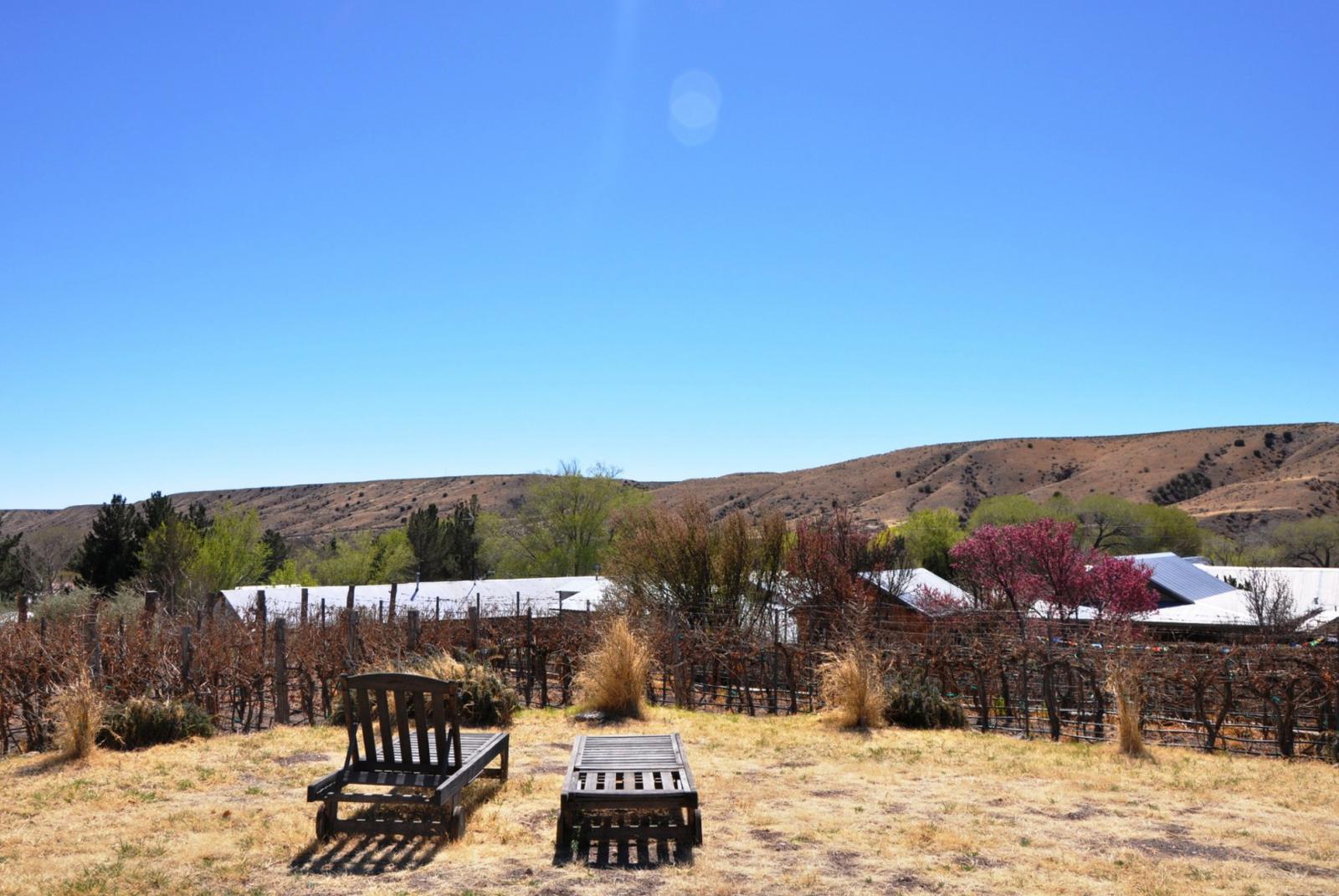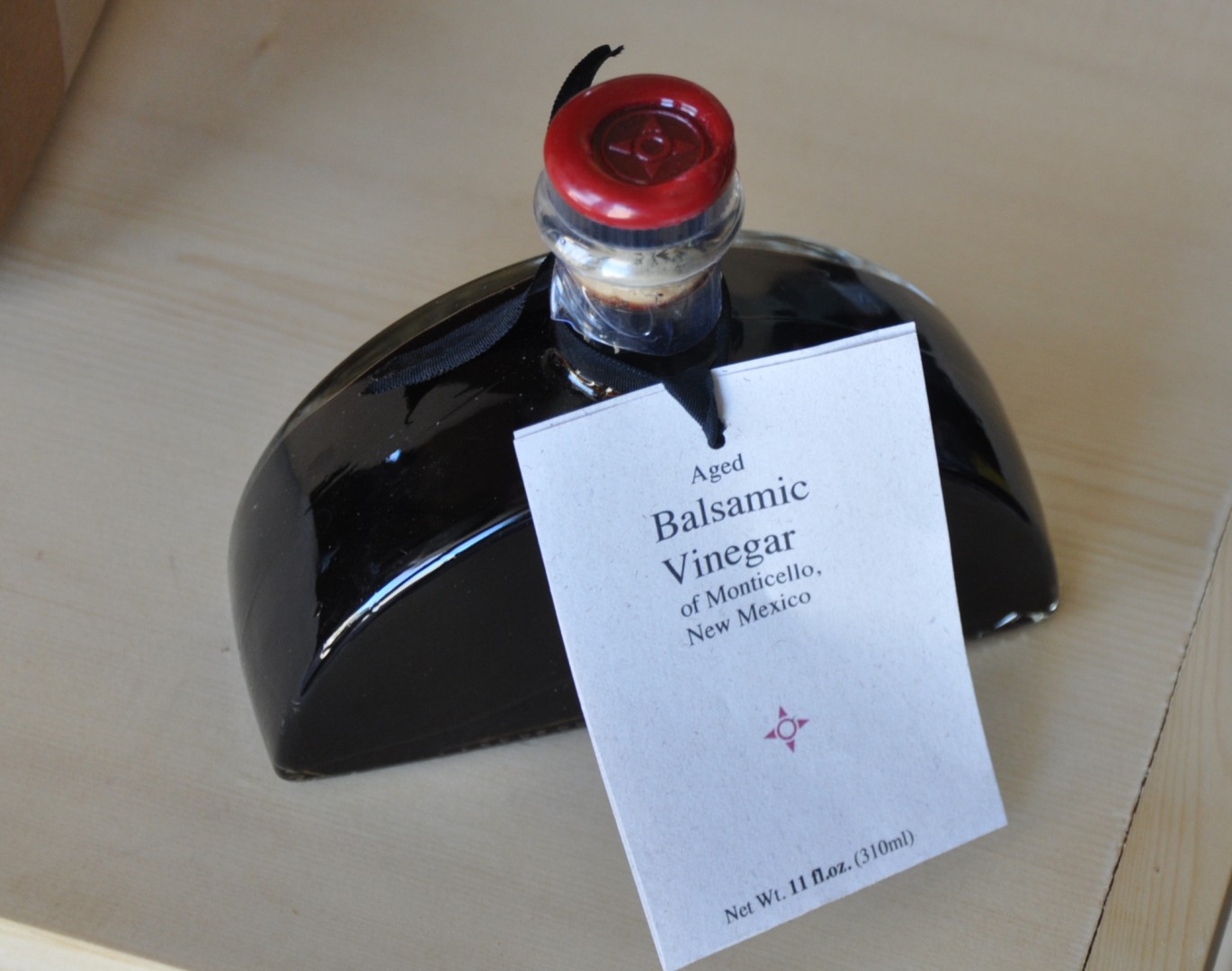It’s an unlikely scenario: advertising executive and his successful wife decide to bag it all and move to the country — and that’s exactly what Steve and Jane Darland did. They bought some property in the ghost town of Monticello, New Mexico. Too young to retire, they “wanted to do something complicated, hard, delicious, and unique,” shared Steve on a warm, spring day on their organic farm. “And take our time doing it and have our life built around it.” They decided to produce traditional Italian-style Modena balsamic vinegar … in New Mexico.
Monticello, New Mexico, population of 50 (depending on the day) is a town pretty much at the end of the road. The town is a stop on the Sierra County ghost town map but in truth, there’s nothing much to see here unless you’ve come to visit the Darlands at their Old Monticello Organic Farm.
1000 Bottles of Traditional Aceto Balsamico

Checking the Balsamic barrels. Photo by Steve Collins.
Their one acre of grapevines yields enough to produce between 700 and 1,000 bottles a year. They harvest the grapes, press them, simmer them, ferment them and put them in casks. While their vinegar isn’t permitted to bear the lauded title closely controlled by the Consorzio Aceto Balsamico di Modena, their balsamic, dubbed Traditional Aceto Balsamico of Monticello™, is made the same way as it is in Italy. The barrels needed for the long and complex aging process were made by Modena’s master barrel-maker, Francesco Renzi.
Traditional balsamic is aged in a series of “batteries” of seven barrels each. Made of seven different woods that each impart a distinct flavor, the vinegar goes through the succeeding batteries, the barrels getting smaller as it goes down the line. The smaller the barrel, the greater the exposure to the wood and the more flavor it imparts. The woods used are ash, acacia, chestnut, oak, mulberry, juniper and cherry. The order of the woods changes as the vinegar progresses through the system.
Waiting 12 years to get a taste
While waiting for the vinegar to age – it has to be at least 12 years old — the Darlands developed other income streams from the farm. They were instrumental in founding the Truth or Consequences, New Mexico Farmers Market where they sell organic fruits and vegetables raised on the farm as well as products made from seven herbs they cultivate, including hydrosols they carefully distill.
The couple also bought and fixed up five of the town’s historic adobes to preserve the character of the town. The old general store serves as their licensed commercial kitchen and they have two rental casitas. Their hydrosol still sits on the front porch of one.
The end product is liquid gold and does not come cheap. Used sparingly, a 4.5 ounce bottle (130ml) which costs $150 will yield about 150 servings. “When it’s on the food,” Steve said about his traditional aceto balsamic, “it shapes and expands the shape of that food.” You’ll just have to buy some to find out, but believe me when I say this stuff is good!
Have you ever tried REAL balsamic vinegar? What did you think?
- If you go Use Truth or Consequences about an hour from the farm as your base.
- Eat at the Latitude 33 Panasian, the Café Bella Luca Italian or the Passion Pie bakery/deli.



